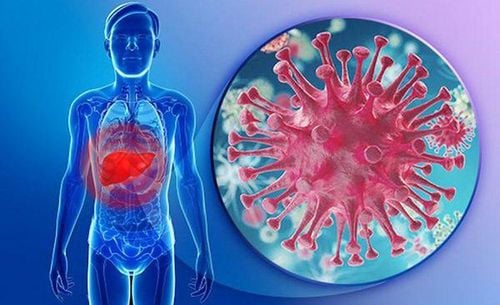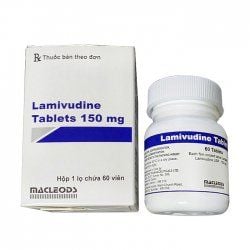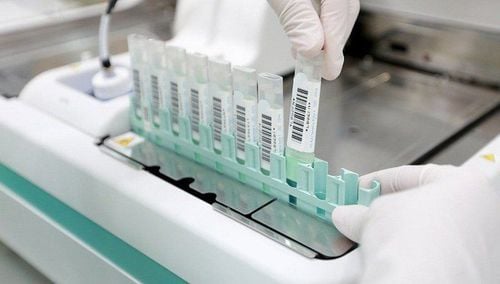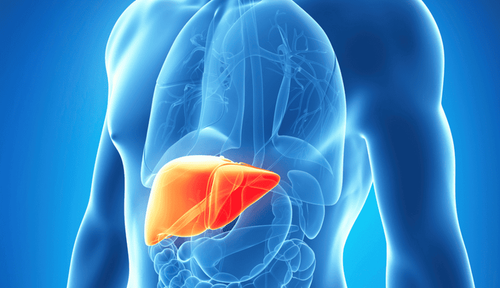This is an automatically translated article.
Posted by Master, Doctor Tran Thi Vuong - Laboratory Department - Vinmec Hai Phong International General HospitalThe majority of diseases caused by viruses are acute and chronic diseases, which can cause certain effects on the health of the patient. Today, thanks to diagnostic testing methods for viral infections, more than 500 different viruses can be detected, improving the effectiveness of human disease treatment.
Test methods to diagnose viral infections
Fast virus detection by microscope Thanks to the microscope, it is possible to observe extremely small-sized objects that cannot be seen by the naked eye. The microscope's ability to multiply the normal magnification from 40 to 3000 times helps detect viral infections quickly.
Virus detection by electron microscopy Virus detection by electron microscopy is one of the commonly used diagnostic tests for viral infections, helping to detect viruses from clinical specimens.
Detection of antigens In the case of viral strains that do not have many serotypes, direct antigen detection will help in rapid diagnosis. However, it is required that the amount of antigen present in the sample be sufficient to be detectable by standard serum.
Immune staining method Immunosorbent staining is a diagnostic method for viral infections used to detect some viruses in the upper respiratory tract such as influenza A virus, RSV, mumps virus, measles virus, Herpes Simplex virus. from the blister...

Nhuộm miễn dịch chẩn đoán virus
Serological diagnosis First it is necessary to quantify viral antibodies, methods to determine include:
Direct method of determining the interaction between antigens and antibodies; The method relies on the ability of the antibody to interact with the antigen, performing some non-viral function; Direct method for determining the ability of antibodies to interfere with some specific viral function. After quantification of viral antibodies, the technician will respond with antibodies to the viral infection. In most cases of primary viral infection, antibodies will be significantly elevated in serum. Therefore, determination of antibody levels in a pair of serum samples collected early in the course of the disease (acute) and late or after recovery (remission) can be used for diagnosis.
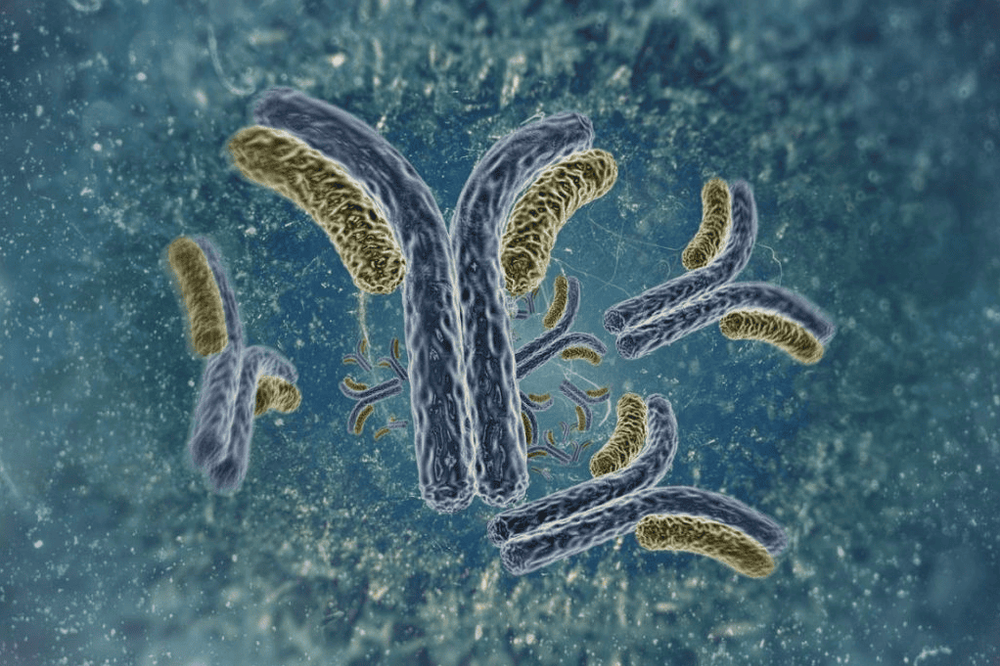
kháng thể IgM và IgA
Quantification of IgM and IgA antibodies IgM antibodies are usually made early in the patient's body after a viral infection and usually last from 1 to 3 months, sometimes longer. When there is viral replication or presence in the body, IgM is produced. Therefore, IgM quantification is an effective tool in the diagnosis of viral infections for early diagnosis in the course of infection, very useful for patient management.
Solid phase immunoassay This method has many advantages in diagnosing diseases caused by virus-infected patients. Just a short time, solid phase immunity can help diagnose diseases related to hepatitis A, B virus, Rotavirus....
Fluorescent antibody method This viral infection diagnostic test method Mainly used to evaluate fresh/frozen lung tissue or BAL. The sample will be directly attached to fluorescent antibodies to view the nucleocapsids.
Detection of genetic material (nucleic acid) Detecting genetic material in the diagnosis of viral infections includes hybridization and polymerase chain reaction (PCR).
To register for examination and treatment at Vinmec International General Hospital, you can contact Vinmec Health System nationwide, or register online HERE
MORE:
What diseases can HPV cause? What disease can HPV virus cause in men? How many types of dengue virus cause hemorrhagic fever? Video: Difference between bacteria and virus






